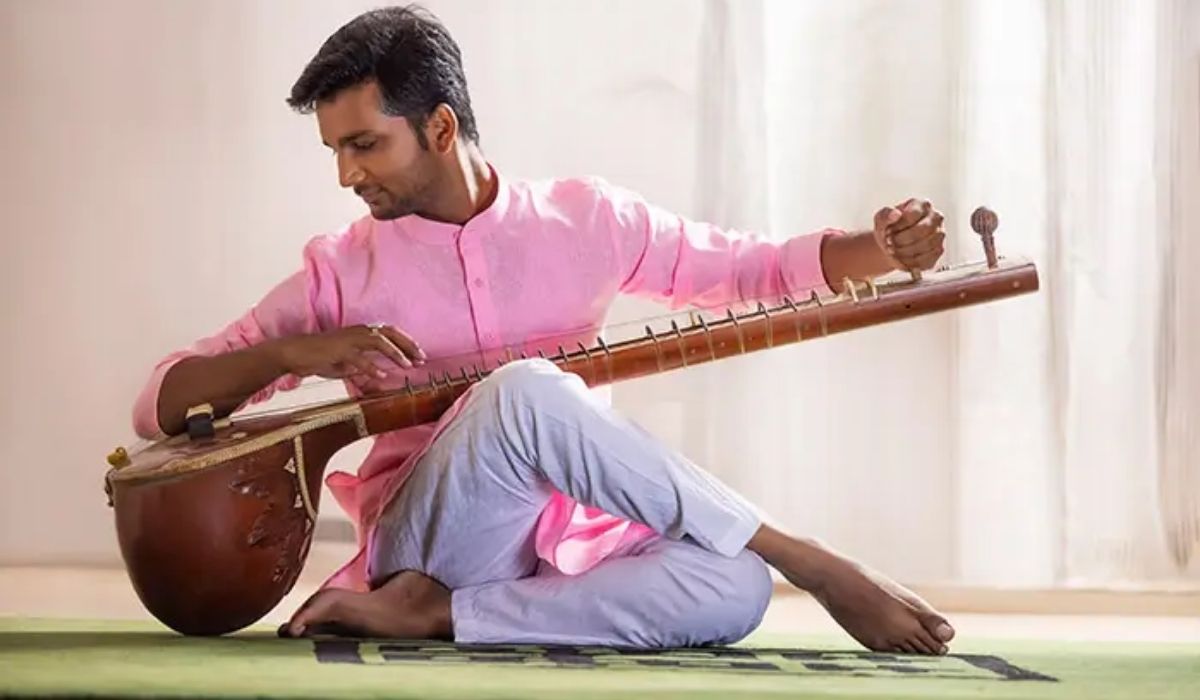Hitaar is a fascinating subject that combines elements of culture, tradition, and modern application. Despite its increasing presence in conversations related to history and contemporary practices, very few people understand its origins and what it truly represents. To explore fully, we must look at its definition, background, cultural relevance, and how it continues to shape societies in the present day. Understanding does not only provide knowledge about its past but also opens doors to recognizing its potential in modern lifestyles. This guide is written to give beginners a complete foundation on, beginning from its roots and leading up to its practical uses in today’s world.
Definition of Hitaar
When we talk about Hitaar, the first step is to clarify what the term actually means. The word Hitaar is not just a random expression but carries weight in both linguistic and cultural contexts. At its core, can be defined as a concept or practice that has been passed down through generations, embodying values, traditions, or specific symbolic interpretations. Depending on the region or community, may take different forms, sometimes as a ceremonial activity, other times as a philosophical principle. The versatility of lies in its ability to adapt across time, making it relevant for both traditional and modern environments.
Historical Background of Hitaar
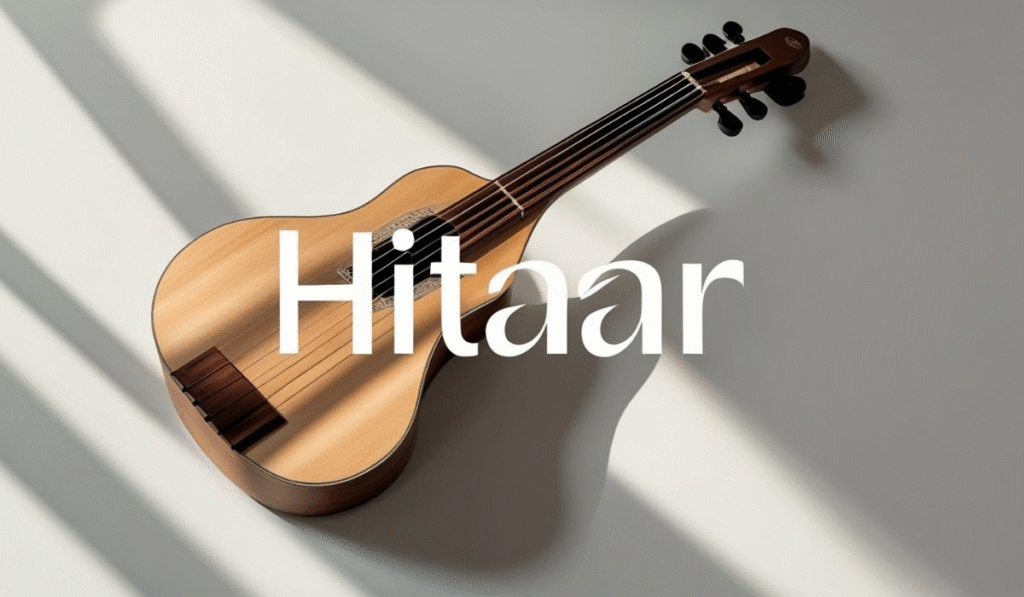
The history of Hitaar stretches back many centuries. Ancient texts and oral traditions have preserved references to, which highlight its significance in early communities. was not only seen as a cultural marker but also as a way of transmitting values from one generation to another. Historical accounts suggest that was often associated with communal gatherings, where storytelling, rituals, and symbolic acts reinforced unity and identity. Over time, evolved as societies changed, but its foundational role as a cultural and historical symbol never disappeared. Tracing the historical background of helps us appreciate how deeply it is intertwined with human civilization.
Cultural Importance of Hitaar
Culture plays a vital role in the survival of practices like Hitaar. Communities around the world have always relied on cultural symbols to express their identity, and is one such symbol. It often represents values such as unity, respect, and tradition. In many regions, is celebrated through festivals, artistic performances, or oral narratives. The cultural importance of also lies in its ability to connect people with their heritage. Younger generations often learn about their roots through exposure to practices, ensuring continuity of traditions. Without cultural preservation, would lose its significance, which is why it continues to be celebrated as an essential part of community identity.
The Evolution of Hitaar Through Time
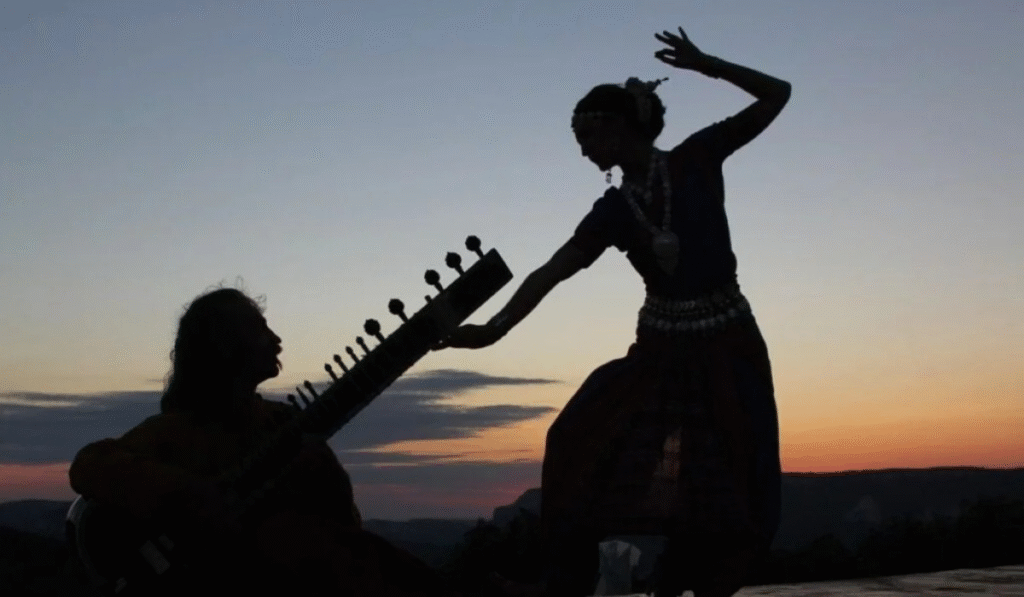
Like many cultural practices, Hitaar has not remained static. Over time, it has evolved to meet the demands of changing societies. In earlier times, may have been restricted to ceremonial events or religious contexts. However, as communities began interacting with outside influences and modernization spread, adapted to include new elements. Today, the evolution of can be seen in its presence in art, education, literature, and even modern technologies. Its core values remain the same, but the methods of practice have become more dynamic and relevant for contemporary lifestyles. The ability of to evolve is one of the main reasons it has survived across generations.
Hitaar in Modern Society
In the modern world, Hitaar has found new ways of being expressed. Rather than being confined to traditional practices, it now appears in multiple sectors. For example, educators use-inspired methods to teach history and cultural awareness. Artists and writers often incorporate themes of in their work, giving it a modern interpretation while keeping the essence intact. Additionally, modern social movements sometimes draw inspiration from, seeing it as a way to strengthen collective identity and values. The presence of in modern society demonstrates that traditions are not outdated but can coexist with contemporary advancements.
Practical Uses of Hitaar Today
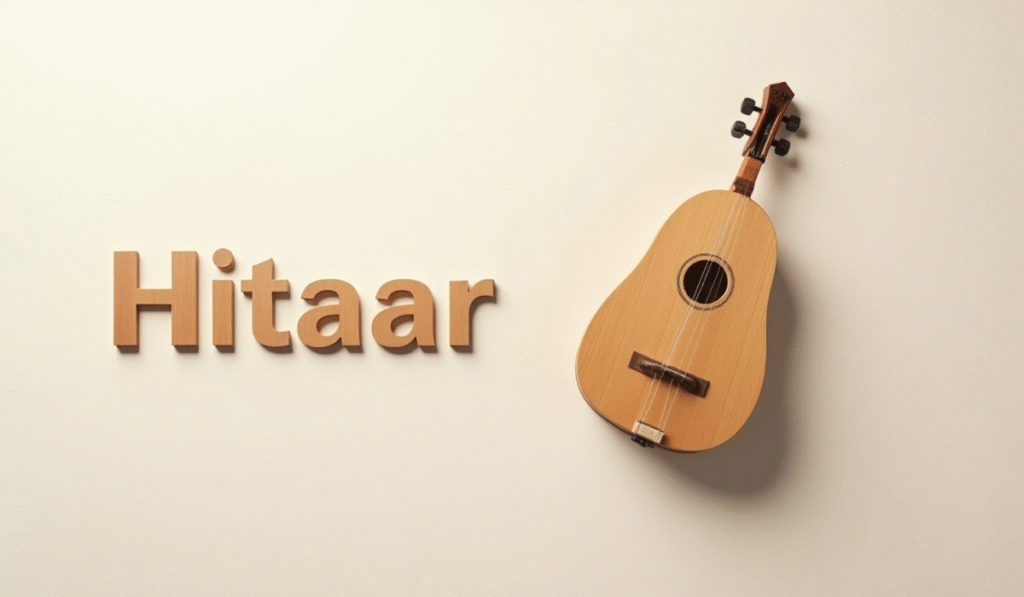
Hitaar is not merely a historical or cultural curiosity; it also has practical uses in the modern day. Communities often use as a form of cultural education to teach young people about their heritage. Beyond education, has therapeutic and social benefits, as it fosters group identity and personal well-being. Some organizations also incorporate in leadership programs, using its principles to build teamwork and mutual respect. Artists, musicians, and performers adapt themes into creative works, bridging the gap between tradition and modern expression. This practical utility ensures that remains a living tradition rather than a forgotten relic.
Symbolism and Philosophy of Hitaar
One of the most fascinating aspects of Hitaar is its symbolic and philosophical depth. It is not just a cultural act but also represents values and principles that can guide individuals in their lives. Many interpret as a symbol of unity, resilience, and respect for heritage. Philosophically, it can be viewed as a reminder that traditions are not just about the past but also about shaping the present and future. By understanding the symbolism of, individuals can find meaning that goes beyond ritual or practice, applying its principles to their personal growth and community involvement.
Challenges to Preserving Hitaar
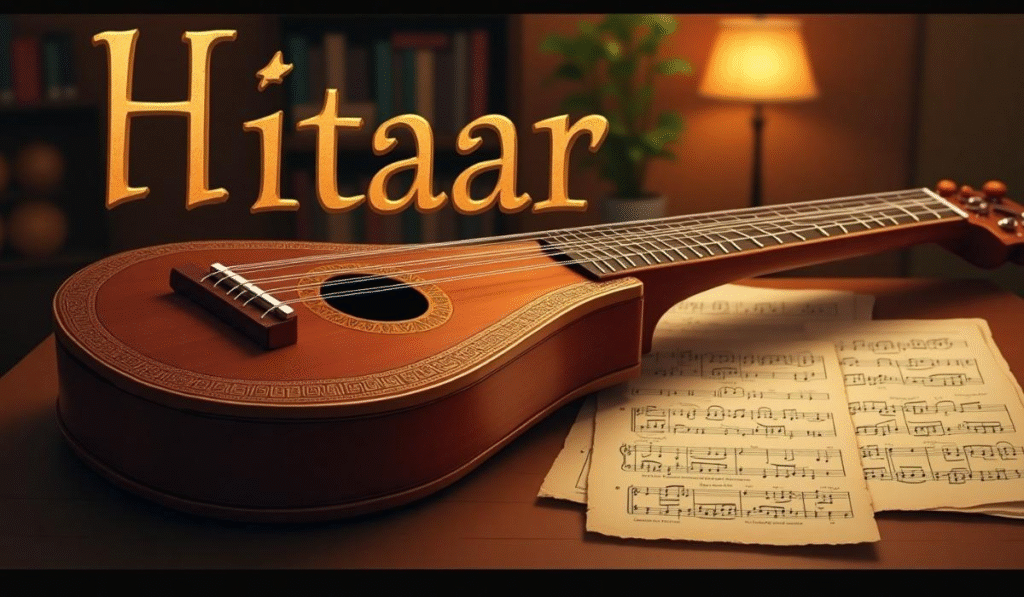
Despite its rich history and ongoing relevance, Hitaar faces challenges in the modern world. Globalization, rapid urbanization, and technological changes often push traditional practices to the margins. Younger generations may not always recognize the importance of, leading to a gradual decline in its practice. Additionally, lack of documentation and preservation efforts means that valuable aspects of risk being lost. However, cultural organizations and educational institutions are stepping in to preserve and promote. Digital platforms are also becoming tools for keeping the essence of alive, ensuring that it continues to inspire future generations.
The Future of Hitaar
The future of Hitaar depends on how communities adapt it for upcoming generations. If preserved with care and taught with creativity, has the potential to remain relevant for centuries to come. Its ability to evolve already shows that it can fit into modern contexts without losing its authenticity. Future uses of may include digital platforms, international cultural exchanges, and global festivals that celebrate its significance. By blending tradition with innovation, can become not only a cultural treasure but also a universal symbol of heritage and identity.
Conclusion
Hitaar is more than just a cultural practice or historical concept; it is a bridge between the past and the present. From its origins in ancient traditions to its current role in modern society, demonstrates the resilience of cultural practices that continue to evolve. Its symbolic value, practical applications, and philosophical meanings make it a unique part of human heritage. As long as communities continue to preserve, practice, and adapt, it will remain a valuable contribution to cultural identity and global understanding.
Frequently Asked Questions
1. What is Hitaar?
- Hitaar is a cultural and historical concept that represents traditions, values, and practices passed down through generations. It embodies unity, heritage, and adaptability.
2. What is the historical importance of Hitaar?
- Historically, Hitaar served as a way for communities to transmit values, preserve identity, and maintain cultural continuity across generations.
3. How is Hitaar used in modern society?
- In modern contexts, Hitaar appears in education, art, literature, and social movements. It is also used for cultural awareness and community building.
4. Why is Hitaar important to preserve?
- Preserving Hitaar ensures that future generations remain connected to their cultural heritage and values, preventing the loss of significant traditions.
5. What is the future of Hitaar?
- The future of Hitaar looks promising, as communities adapt it for digital platforms, cultural exchanges, and innovative modern practices while preserving its roots.




